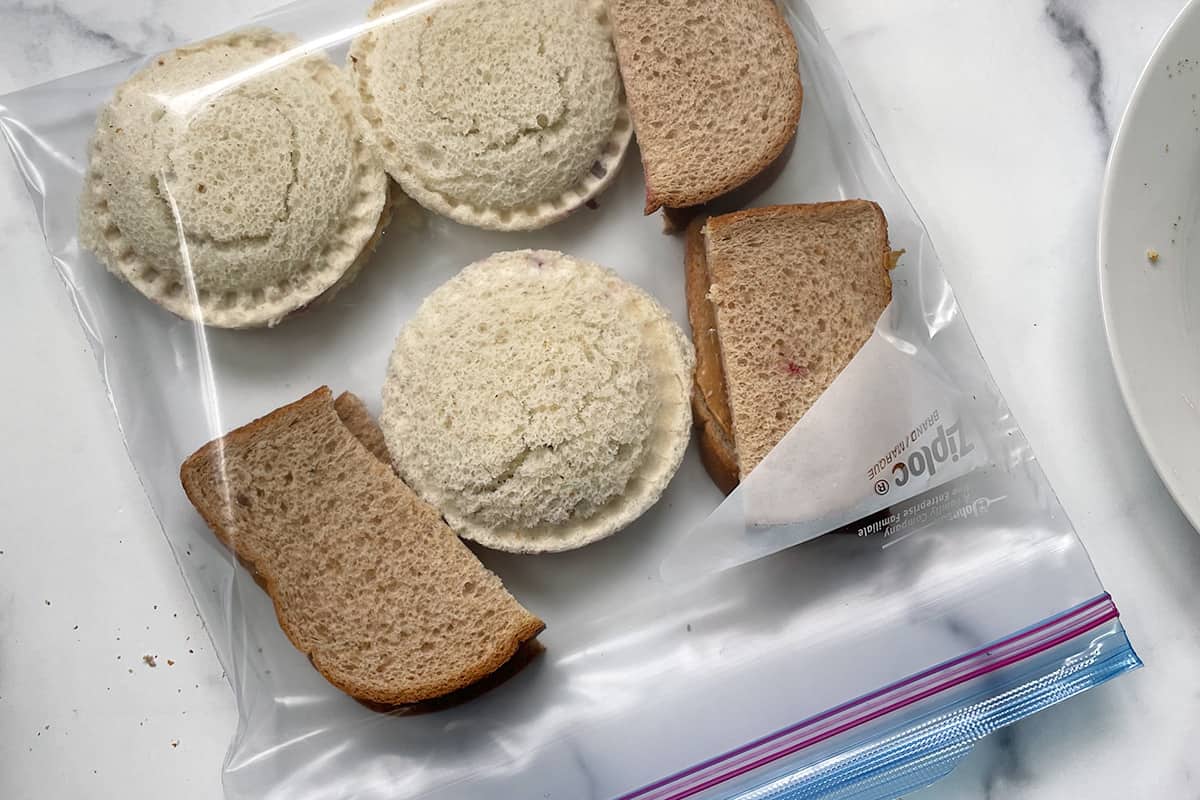

Articles
How To Store Sandwiches In The Fridge
Modified: August 27, 2024
Learn the best way to store sandwiches in the fridge with these helpful articles. Keep your sandwiches fresh and delicious for longer!
(Many of the links in this article redirect to a specific reviewed product. Your purchase of these products through affiliate links helps to generate commission for Storables.com, at no extra cost. Learn more)
Introduction
Storing sandwiches in the fridge may seem like a simple task, but it’s important to do it properly to maintain their freshness and prevent any potential foodborne illnesses. Whether you’re packing sandwiches for lunch or have leftovers from a meal, knowing how to store them correctly can make all the difference in taste and texture when you’re ready to enjoy them later.
In this article, we will discuss the importance of proper sandwich storage, provide tips for preparing sandwiches for refrigeration, guide you in choosing the right container, explain how to wrap sandwiches properly, and offer advice on storing them in the fridge. We will also touch on the recommended storage time and share tips for reheating sandwiches to help you enjoy them at their best. So, let’s dive in and learn the art of storing sandwiches in the fridge!
Key Takeaways:
- Properly storing sandwiches in the fridge is crucial for maintaining freshness and preventing foodborne illnesses. Follow tips for preparation, wrapping, and storage to ensure delicious and safe-to-eat sandwiches.
- To enjoy sandwiches at their best, choose fresh ingredients, wrap tightly, and store in designated areas of the fridge. Reheat with care and follow tips for maintaining freshness to savor delicious sandwiches every time.
Read more: How To Store Sandwich Bread
Importance of Proper Storage
Properly storing sandwiches in the fridge is crucial to maintain their freshness and prevent the growth of harmful bacteria. When left at room temperature, sandwiches can quickly become a breeding ground for bacteria, leading to foodborne illnesses such as salmonella and E. coli. Refrigeration helps slow down bacterial growth and keeps sandwiches safe to consume for a longer period.
Moreover, storing sandwiches correctly helps retain their flavor, texture, and overall quality. Without proper storage, sandwiches can become soggy, dry, or develop an unpleasant taste. By following the right storage methods, you can ensure that your sandwiches remain delicious and satisfying.
Whether you’re preparing sandwiches at home or packing them for a picnic or work lunch, investing a little extra time and effort in proper storage can go a long way in preserving their taste and keeping them safe to eat.
Tips for Preparing Sandwiches for Refrigeration
Before we delve into the specifics of storing sandwiches in the fridge, let’s start with some essential tips for preparing sandwiches for refrigeration:
- Choose fresh ingredients: Start with fresh and high-quality ingredients for your sandwiches. This includes bread, meats, cheeses, vegetables, and condiments. Fresh ingredients not only taste better but also maintain their quality when stored in the fridge.
- Avoid soggy fillings: To prevent your sandwiches from becoming soggy, it’s best to avoid putting moist ingredients directly on the bread. Instead, create a barrier by layering dry ingredients such as lettuce, spinach, or cheese next to the bread, followed by moist fillings like tomatoes or pickles.
- Consider sandwich assembly: When preparing sandwiches for refrigeration, consider how the ingredients may affect each other over time. For example, if you’re using condiments like mayonnaise or mustard, apply them to the bread rather than directly onto the fillings to prevent them from making the bread soggy.
- Seasoning and dressings: If you prefer your sandwiches with seasonings or dressings, it’s better to add them just before consuming rather than before refrigeration. This will help maintain their freshness and prevent the bread from getting soggy.
- Wrap tightly: To keep your sandwiches intact and maintain their freshness, wrap them tightly. This not only prevents the fillings from spilling out but also helps to retain the moisture and flavors.
By following these tips, you can ensure that your sandwiches are well-prepared and ready for refrigeration. Now that we’ve covered the preparation aspect, let’s move on to choosing the right container for storing your sandwiches.
Choosing the Right Container
When it comes to storing sandwiches in the fridge, choosing the right container is crucial for maintaining their freshness and preventing them from getting squished or damaged. Here are some considerations to keep in mind when selecting a container:
- Airtight and BPA-free: Opt for containers that are airtight to prevent air from entering and causing the sandwich to dry out. Additionally, choose BPA-free containers to ensure the safety of your food.
- Size matters: Select a container that is appropriate in size for your sandwich. Having a container that is too big can lead to unnecessary air exposure, while a container that is too small may squash your sandwich or cause the fillings to spill out.
- Compartmentalized containers: Consider using compartmentalized containers if you have sandwiches with different components, such as separate compartments for bread, fillings, and condiments. This helps to keep the ingredients fresh and prevents any unwanted mixing.
- Durable and microwave-safe: Look for containers that are durable and can withstand the rigors of refrigeration. Also, ensure that they are microwave-safe if you plan to reheat your sandwich later.
There are various options available, including plastic containers, glass containers, bento boxes, and sandwich-specific containers. Choose the one that best fits your needs, ensuring it provides the necessary protection and maintains the integrity of your sandwich.
Now that you have chosen the right container, let’s move on to the next step: properly wrapping your sandwiches for optimal storage.
Properly Wrapping Sandwiches
Properly wrapping your sandwiches is essential to maintain their freshness, prevent cross-contamination, and prevent them from drying out. Here are some tips to ensure that your sandwiches are wrapped correctly:
- Use plastic wrap or foil: Wrap your sandwich tightly in plastic wrap or aluminum foil to create a barrier that helps retain moisture and protects it from external odors.
- Layer the wrap: Start by placing the sandwich in the center of the plastic wrap or foil. Fold one side over the sandwich, tucking it tightly, then fold the other side over and secure it in place.
- Packaging paper: If you prefer a more eco-friendly option, consider wrapping your sandwich in parchment paper before using the plastic wrap or foil. This can help absorb excess moisture while providing an additional layer of protection.
- Labeling: To stay organized, label the wrapped sandwich with the date and contents. This will help you keep track of its freshness and avoid any mix-ups.
- Avoid overlapping: When wrapping multiple sandwiches, be sure to avoid overlapping them. Each sandwich should have its own individual wrap to prevent them from sticking together.
- Use resealable bags: Alternatively, you can place your wrapped sandwich in a resealable bag to provide an extra layer of protection and help maintain its freshness.
By following these wrapping techniques, you can keep your sandwiches fresh and ready to enjoy even after they’ve been refrigerated. Now that your sandwiches are properly wrapped, let’s move on to the next step: storing them in the fridge.
To store sandwiches in the fridge, wrap them tightly in plastic wrap or aluminum foil to prevent them from drying out. Place them in an airtight container to maintain freshness.
Read more: How To Store Homemade Breakfast Sandwiches
Storing Sandwiches in the Fridge
Once your sandwiches are properly wrapped, it’s time to store them in the fridge. Here are some guidelines to ensure you store them correctly:
- Find a designated spot: Choose a specific area in your fridge where you will store your sandwiches. This helps maintain consistency and prevents them from being moved around or crushed by other items.
- Avoid overcrowding: Make sure there is enough space around your sandwiches to allow for proper air circulation. Overcrowding can result in uneven cooling and potential spoilage.
- Place on a shelf: Store your wrapped sandwiches on a shelf rather than in the door or the vegetable drawer, as these areas experience temperature fluctuations due to frequent opening.
- Keep away from raw meat: To avoid cross-contamination, store your sandwiches away from raw meat or other food items that can potentially transfer bacteria or odors.
- Don’t store for too long: Sandwiches are best enjoyed when fresh, so try to consume them within 1-2 days of refrigeration. The longer they are stored, the higher the chances of the bread becoming soggy or the fillings losing their quality.
By following these storage guidelines, you can ensure that your sandwiches remain fresh and safe to consume when you’re ready to enjoy them.
Next up, let’s discuss the recommended storage time for sandwiches in the fridge.
Recommended Storage Time
When it comes to storing sandwiches in the fridge, it’s important to be mindful of their shelf life. While the exact storage time may vary depending on the ingredients used, here are some general guidelines to follow:
- Fresh sandwiches: If you have just made your sandwiches with fresh ingredients, it’s best to consume them within 1-2 days of refrigeration. Beyond this time, the quality of the bread and fillings may deteriorate.
- Leftover sandwiches: If you have leftover sandwiches from a restaurant or homemade meal, it’s advisable to consume them within 3-4 days. Be sure to check the quality of the fillings and bread before eating.
- Freezing option: If you anticipate not consuming the sandwiches within the recommended storage time, consider freezing them. Freezing can extend their shelf life for up to 1-2 months. Wrap them tightly in freezer-safe wrap or place them in a freezer-safe container before freezing.
It’s important to note that these are general guidelines, and the quality and freshness of the sandwiches may vary depending on the ingredients and preparation method. Always use your discretion and check for any signs of spoilage, such as an off smell or mold, before consuming the sandwiches.
Now that you know how long you can safely store your sandwiches, let’s discuss how to properly reheat them when you’re ready to enjoy.
Reheating Sandwiches
If you have refrigerated sandwiches and want to enjoy them warm, reheating them can help revive their flavors. Here are some methods for properly reheating sandwiches:
- Oven or toaster oven: Preheat your oven or toaster oven to a moderate temperature, around 350°F (175°C). Remove any plastic wrap or foil from the sandwich and place it on a baking sheet. Heat it for 5-10 minutes or until warmed through. This method works well for sandwiches with a thicker bread or those that include melted cheese.
- Microwave: If you’re short on time, the microwave is a quick and convenient option. Remove the plastic wrap or foil from the sandwich and place it on a microwave-safe plate. Heat it in intervals of 30 seconds, checking the temperature and flipping the sandwich if needed, until warmed through. Be careful not to overheat, as this can lead to soggy bread.
- Panini press or grill: If you have a panini press or grill, you can use it to reheat your sandwiches and give them a perfectly toasted exterior. Remove any plastic wrap or foil and place the sandwich in the press or on the grill. Cook it for a few minutes, or until the bread is toasted and the fillings are heated through.
Remember to adjust the heating time based on the size and thickness of your sandwich. Keep in mind that certain fillings, such as fresh lettuce or delicate herbs, may not hold up well to reheating, so consider adding them fresh after reheating the other components.
By using these reheating methods, you can enjoy your refrigerated sandwiches with a warm and satisfying bite.
Now that you know the proper way to reheat your sandwiches, let’s explore some tips for maintaining their freshness and quality.
Tips for Maintaining Sandwich Freshness
To ensure that your sandwiches stay fresh and delicious even after refrigeration, consider following these tips:
- Separate wet and dry ingredients: Keep moisture-sensitive ingredients, such as lettuce or tomatoes, separate from condiments and spreads. This helps prevent the bread from becoming soggy and keeps the fillings fresh.
- Wrap and pack ingredients separately: If you’re preparing sandwiches in advance, consider wrapping and packing the bread, fillings, and condiments separately. This allows you to assemble the sandwich just before eating, ensuring maximum freshness.
- Use moisture-control ingredients: If you’re concerned about moisture affecting your sandwich, consider using ingredients that can help absorb excess moisture, such as pickles, roasted peppers, or even a thin layer of cheese or butter on the bread.
- Add fresh ingredients later: If your sandwich includes fresh ingredients like lettuce or sprouts, add them just before eating to maintain their crispness and avoid wilting.
- Keep sandwiches in a cool environment: If you’re taking your sandwich to work or on a picnic, pack it in an insulated lunch bag or cooler with an ice pack to keep it cool and fresh until mealtime.
- Store sauces separately: If you enjoy adding sauces or dressings to your sandwich, consider storing them in a separate container and apply them just before consumption. This helps keep the bread from becoming soggy.
By following these tips, you’ll be able to maintain the freshness and quality of your sandwiches, ensuring a satisfying eating experience.
Now that we’ve covered all the important tips for storing and maintaining sandwich freshness, let’s wrap up our discussion.
Read more: How To Store Subway Sandwich Overnight
Conclusion
Properly storing sandwiches in the fridge is essential for maintaining their freshness, taste, and safety. By following the tips provided in this article, you can ensure that your sandwiches stay delicious and enjoyable even after refrigeration.
Remember to start with fresh ingredients, avoid soggy fillings, and assemble and wrap your sandwiches properly. Choose the right container and wrap tightly to prevent air exposure and moisture loss. Store your sandwiches on a designated shelf in the fridge, away from raw meats, and consume them within the recommended storage time.
If you want to enjoy your sandwiches warm, reheating them using methods like the oven, microwave, or panini press can help revive their flavors. And don’t forget to use temperature-safe containers and proper reheating techniques.
Lastly, to maintain sandwich freshness, separate wet and dry ingredients, pack them separately if preparing in advance, and add fresh ingredients just before eating. Keep your sandwiches in a cool environment, and consider storing sauces separately to avoid sogginess.
By keeping these tips in mind, you can ensure that your sandwiches are always fresh, flavorful, and safe to consume. So, the next time you have leftover sandwiches or want to prepare sandwiches in advance, follow these guidelines and store them in the fridge with confidence.
Enjoy your delicious sandwiches, and remember that proper storage is the key to a satisfying meal!
If you've mastered sandwich storage, why stop there? Explore our insights on the best strategies for food storage, ensuring all your groceries stay fresh longer. Additionally, if your kitchen feels a bit tight, our smart organization tips can help you optimize every inch of space. Dive into these articles for more practical advice to enhance your home efficiency.
Frequently Asked Questions about How To Store Sandwiches In The Fridge
Was this page helpful?
At Storables.com, we guarantee accurate and reliable information. Our content, validated by Expert Board Contributors, is crafted following stringent Editorial Policies. We're committed to providing you with well-researched, expert-backed insights for all your informational needs.

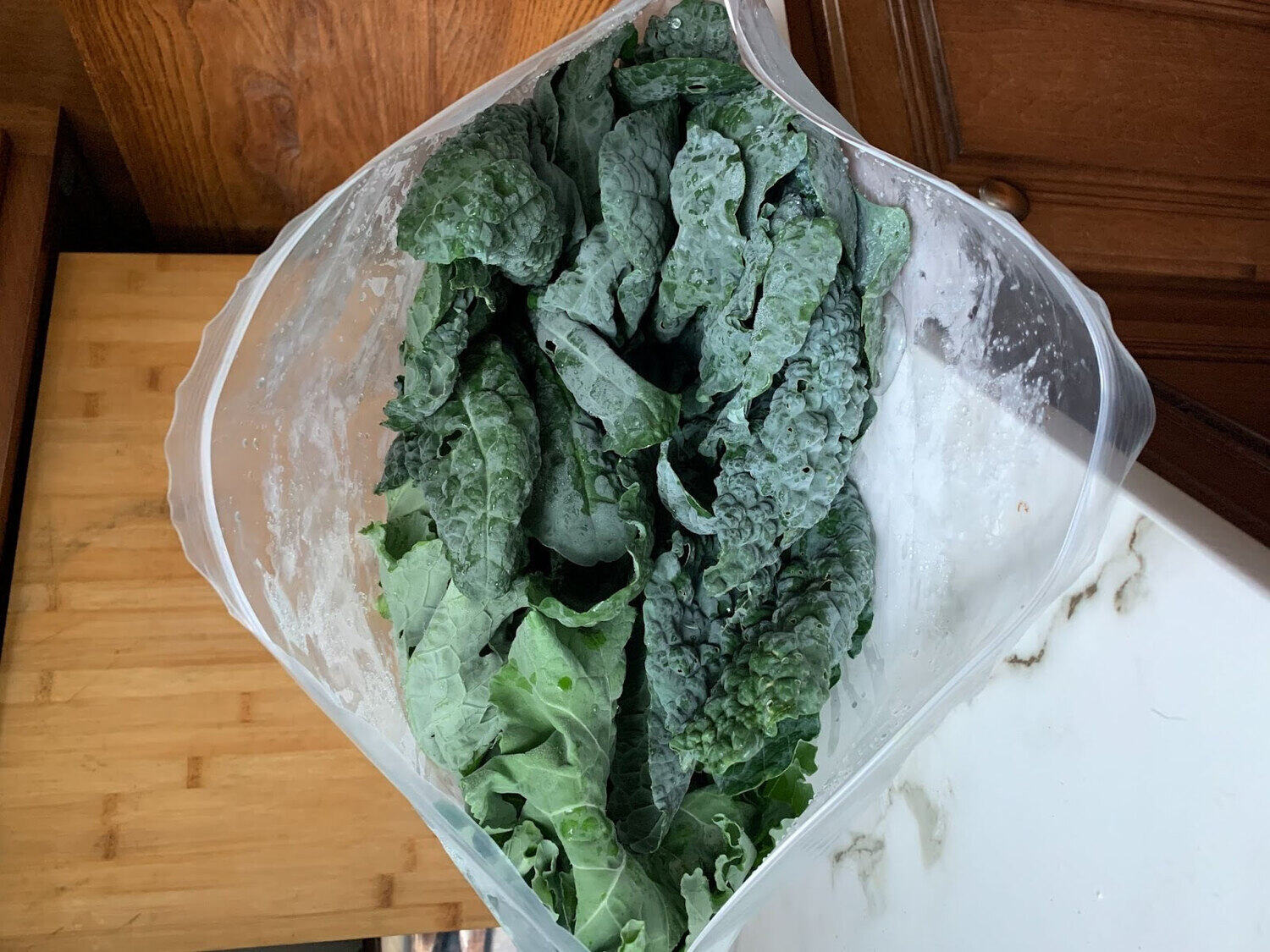

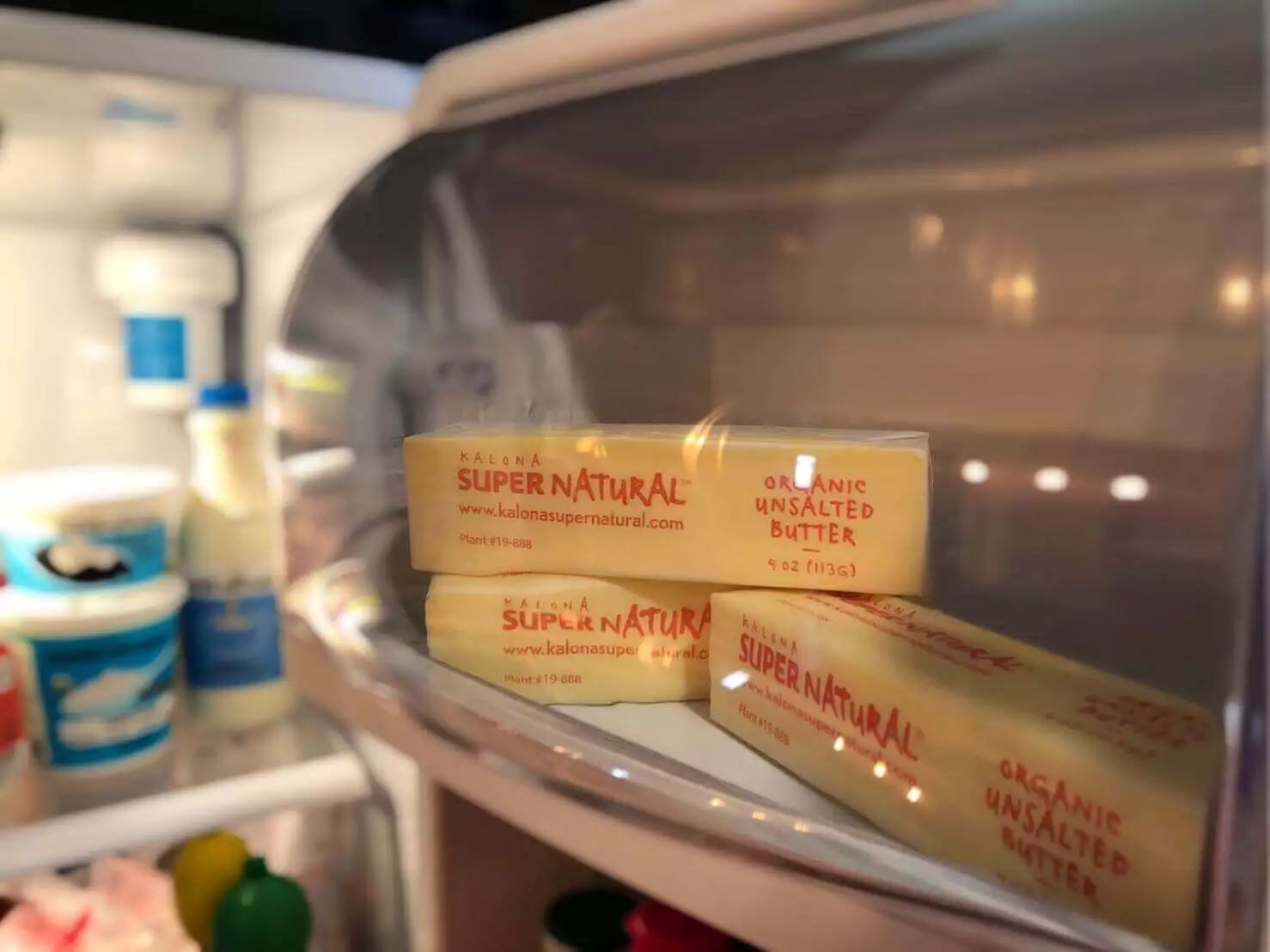
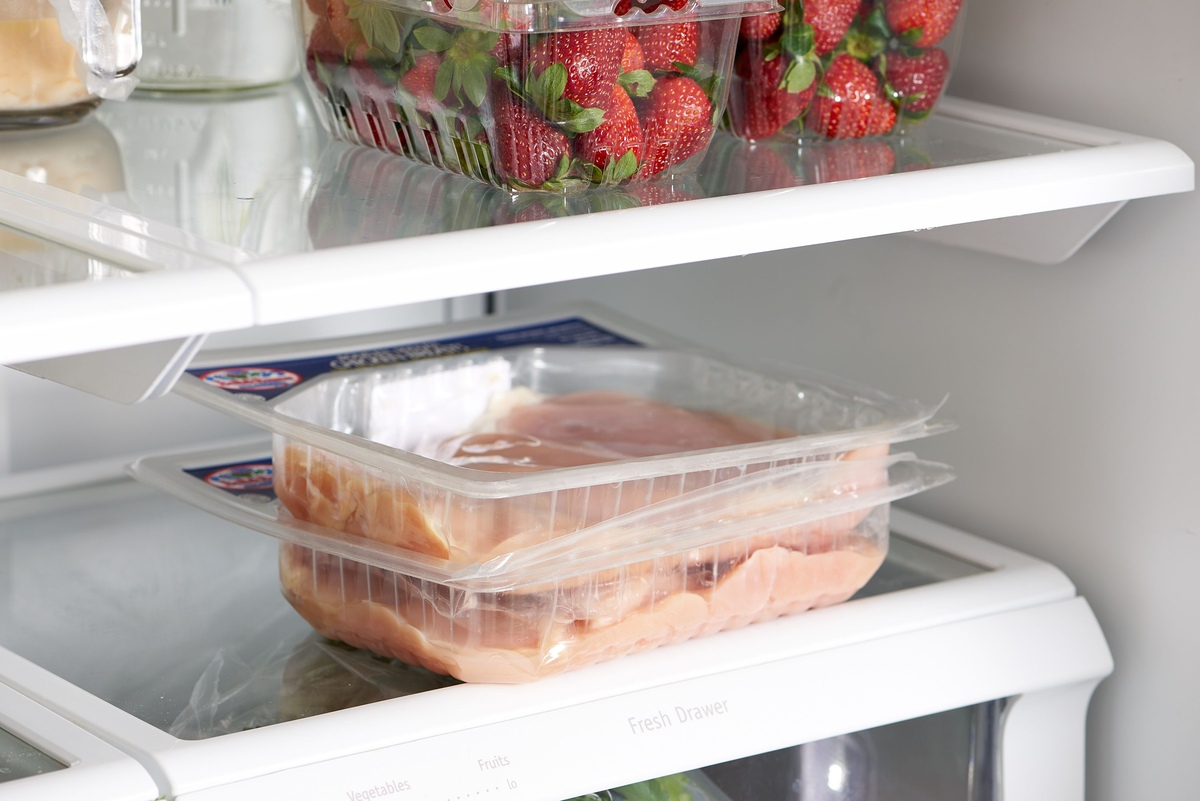
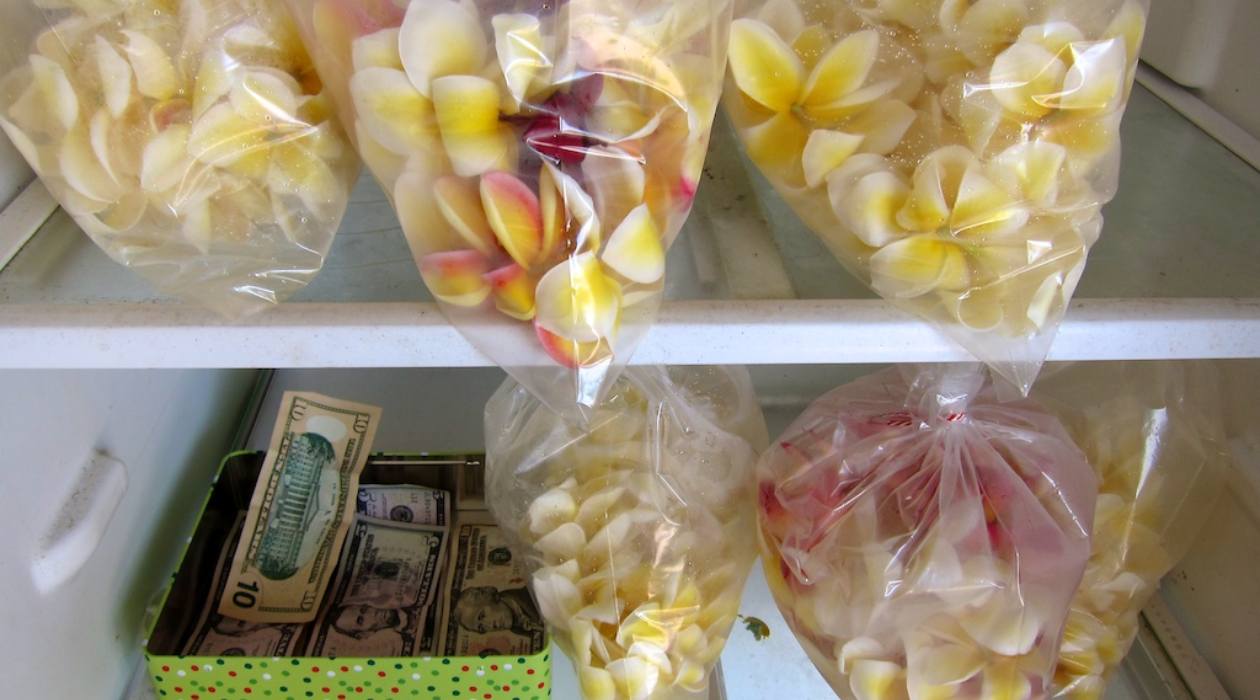

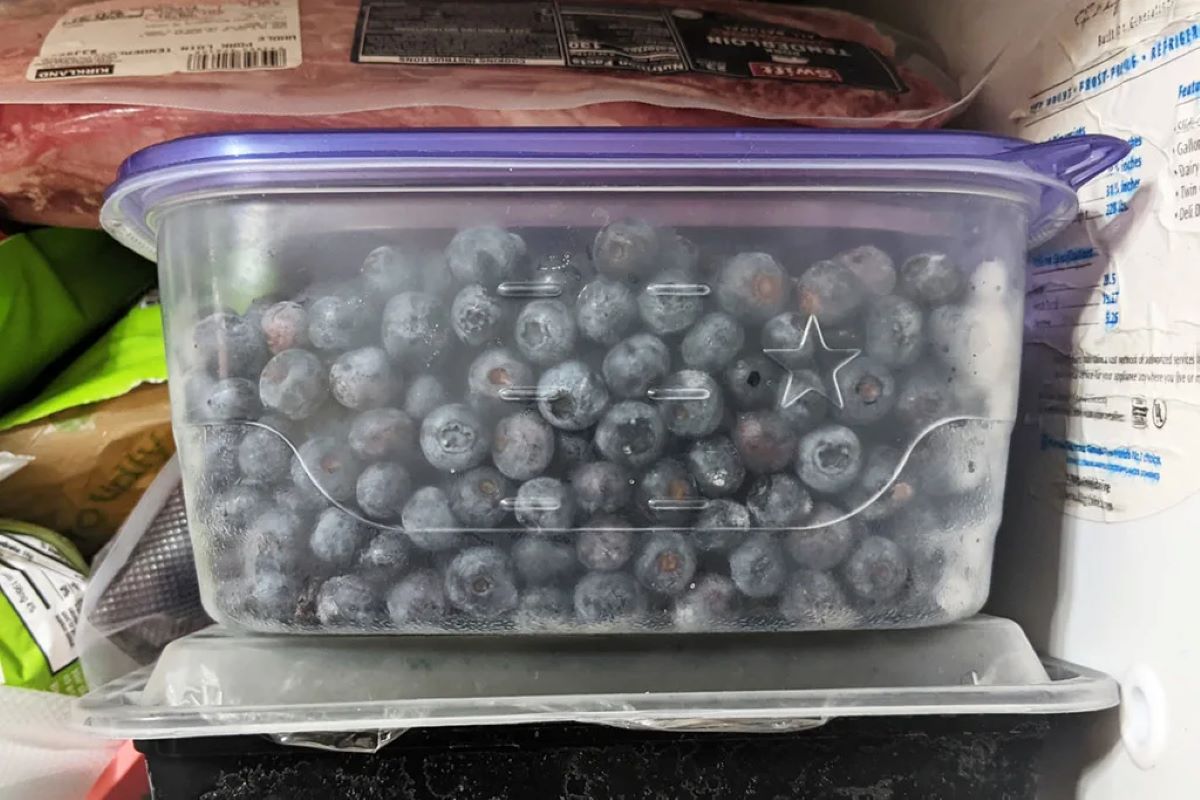






0 thoughts on “How To Store Sandwiches In The Fridge”